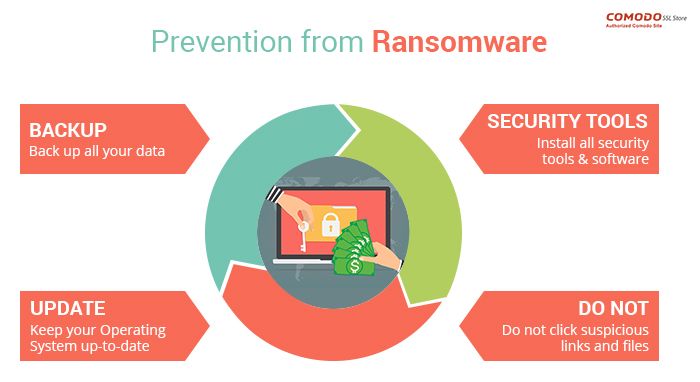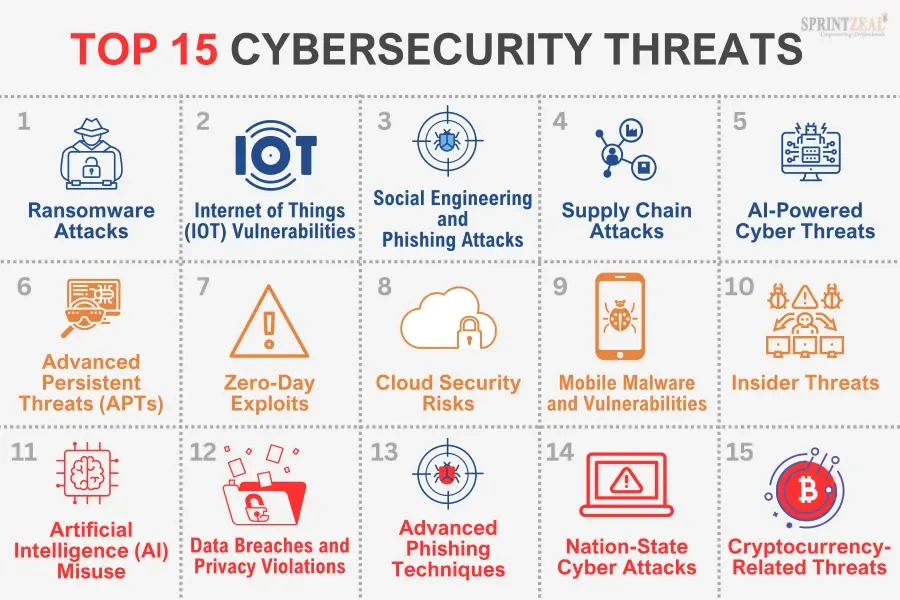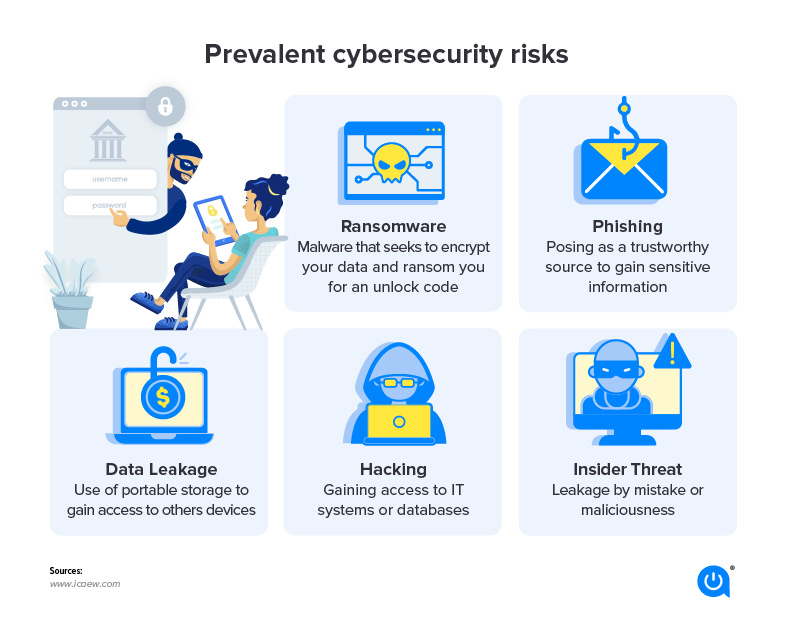
How to Protect Your Data from Ransomware Attacks
- 0
Ransomware attacks have become increasingly prevalent in recent years, with cybercriminals targeting individuals and businesses alike. These attacks involve the encryption of a victim’s data, followed by a demand for payment in exchange for the decryption key. To protect yourself and your data from ransomware attacks, it is essential to take proactive measures to secure your systems and educate yourself on best practices.
Keep Your Software Up to Date
One of the most common ways that ransomware enters a system is through vulnerabilities in software. To protect yourself from these types of attacks, it is crucial to keep all of your software up to date. This includes operating systems, web browsers, and any other programs or applications that you use regularly. By installing updates as soon as they become available, you can ensure that your systems are protected against known vulnerabilities.
Use Strong Passwords
Another important way to protect your data from ransomware attacks is to use strong, unique passwords for all of your accounts. Avoid using easily guessable passwords such as “password123” or “123456,” and instead opt for complex passwords that include a combination of letters, numbers, and special characters. Additionally, consider using a password manager to securely store and manage your passwords.
Backup Your Data Regularly
One of the most effective ways to protect your data from ransomware attacks is to regularly backup your important files and documents. By creating backups on a regular basis, you can ensure that you have a copy of your data in the event of a ransomware attack. Be sure to store your backups in a secure location, such as an external hard drive or cloud storage service, and test them periodically to ensure they are working properly.
Be Cautious of Suspicious Emails and Links
Ransomware attacks often begin with a phishing email or malicious link that tricks the recipient into opening an infected attachment or visiting a compromised website. To protect yourself from these types of attacks, be cautious of emails from unknown senders, and avoid clicking on links or downloading attachments from suspicious sources. If you receive an email that seems suspicious, report it to your IT department or delete it immediately.
Invest in Security Software
Investing in security software can also help protect your data from ransomware attacks. Consider installing antivirus software, firewalls, and intrusion detection systems to monitor and protect your systems from malware and other threats. Additionally, be sure to keep your security software up to date to ensure that it is able to detect and prevent the latest ransomware variants.
Educate Yourself and Your Team
Finally, educating yourself and your team on the risks of ransomware attacks can help prevent them from occurring in the first place. Train your employees on best practices for cybersecurity, such as how to recognize phishing emails and how to securely store and backup their data. By raising awareness and promoting a security-conscious culture within your organization, you can reduce the likelihood of falling victim to a ransomware attack.
By taking proactive steps to secure your systems, educate yourself and your team, and stay vigilant against potential threats, you can protect your data from ransomware attacks and minimize the risk of a costly and disruptive cyber incident.
Remember that prevention is always better than cure when it comes to ransomware attacks. Stay informed, stay secure, and stay safe online.

